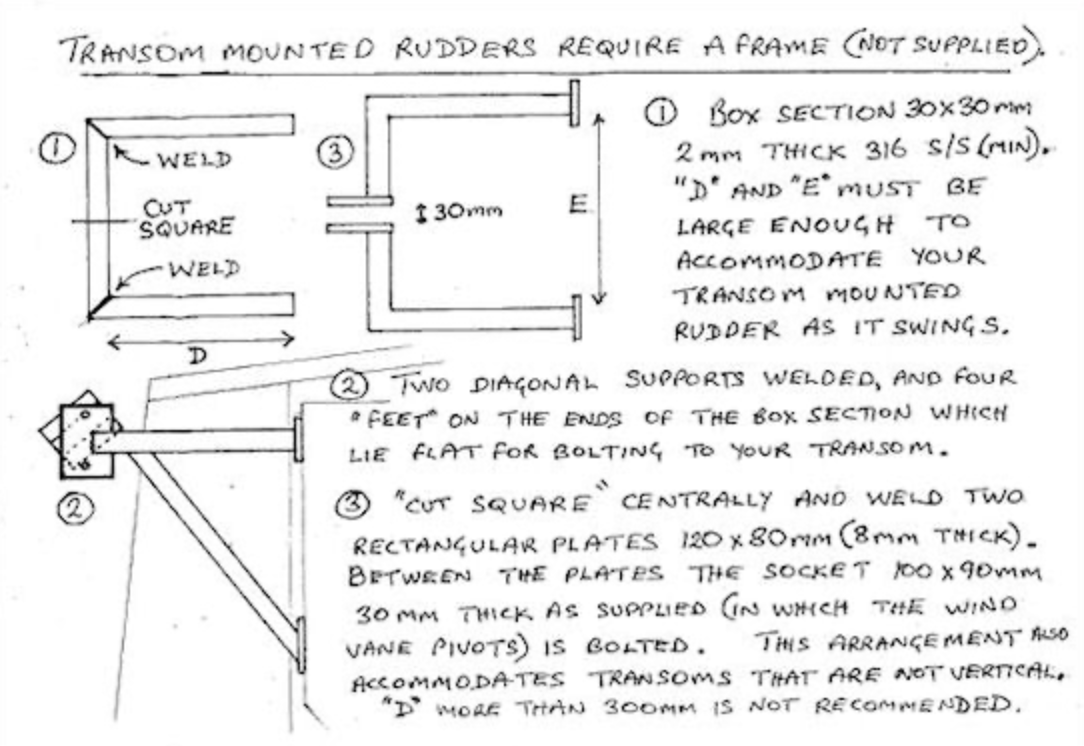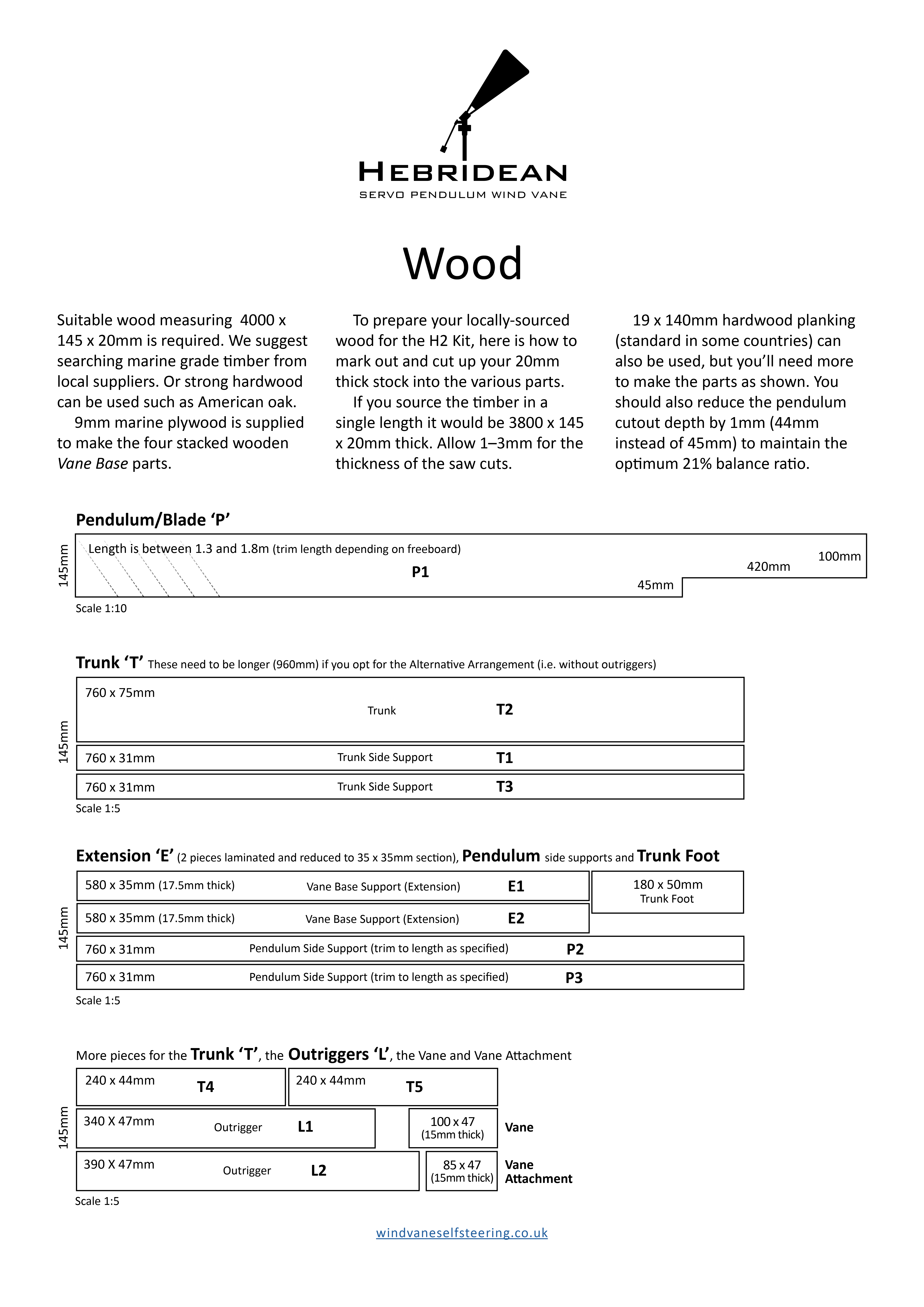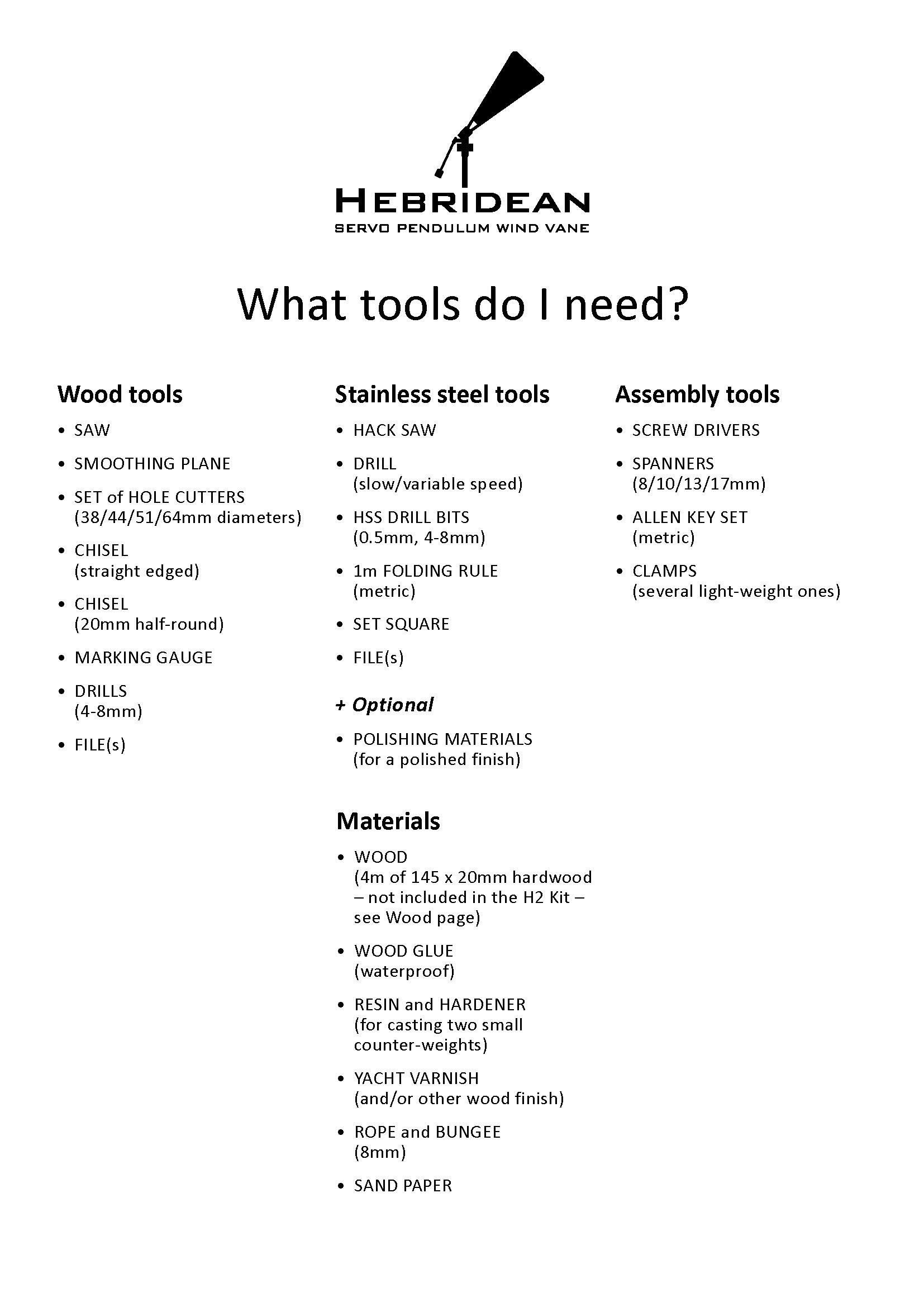Self-Steering via the Wind
Before
Janusz Maderski the designer of the 5.80 has put down his thought on using a wind vane, which is a must read: Janusz Maderski 5.80 Wind Vane Thoughts
Key takeaways from his post:
- The standard HV (Hydrovane) rudder fin is too large for CG.5.80
- Internal hull reinforcements are mandatory.
- Mounting points, reinforced, should be as far apart as possible.
- You already have a balanced solid fin. This is your helm.
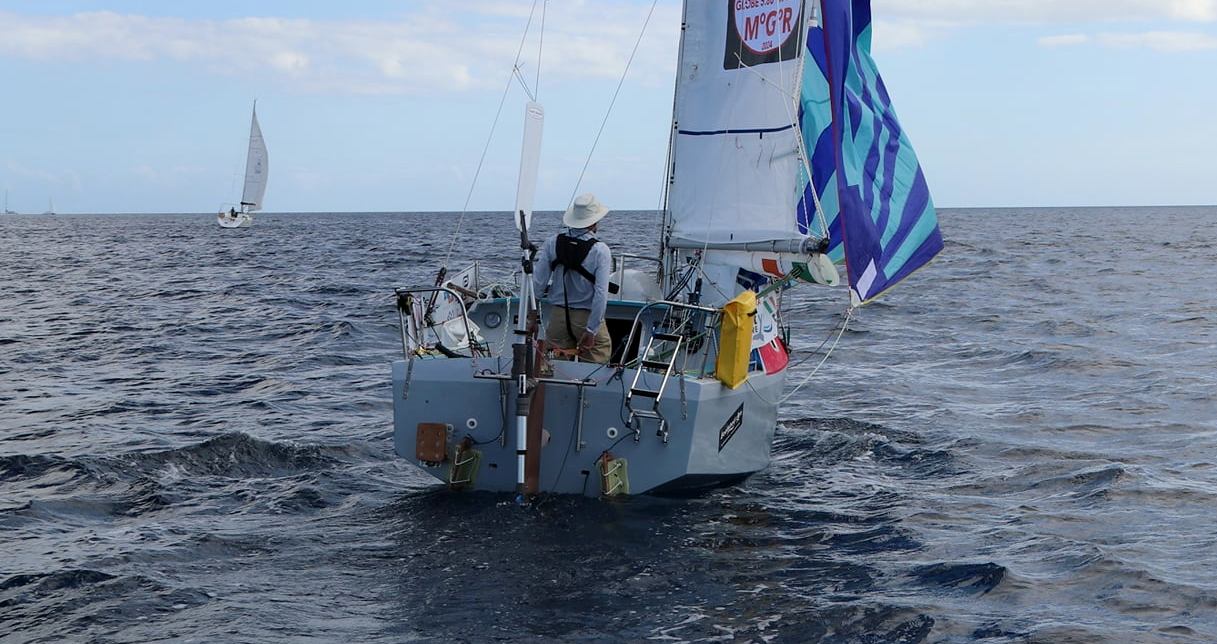
The Globe 5.80 transom is small, add the class requirements, and options, leaving you with little to no space.
Ideally a wind vane would be placed at the center line, trailing the rudder, or as some have done replacing it. The 5.80 centers its rudder because that is the best location given its hull shape.
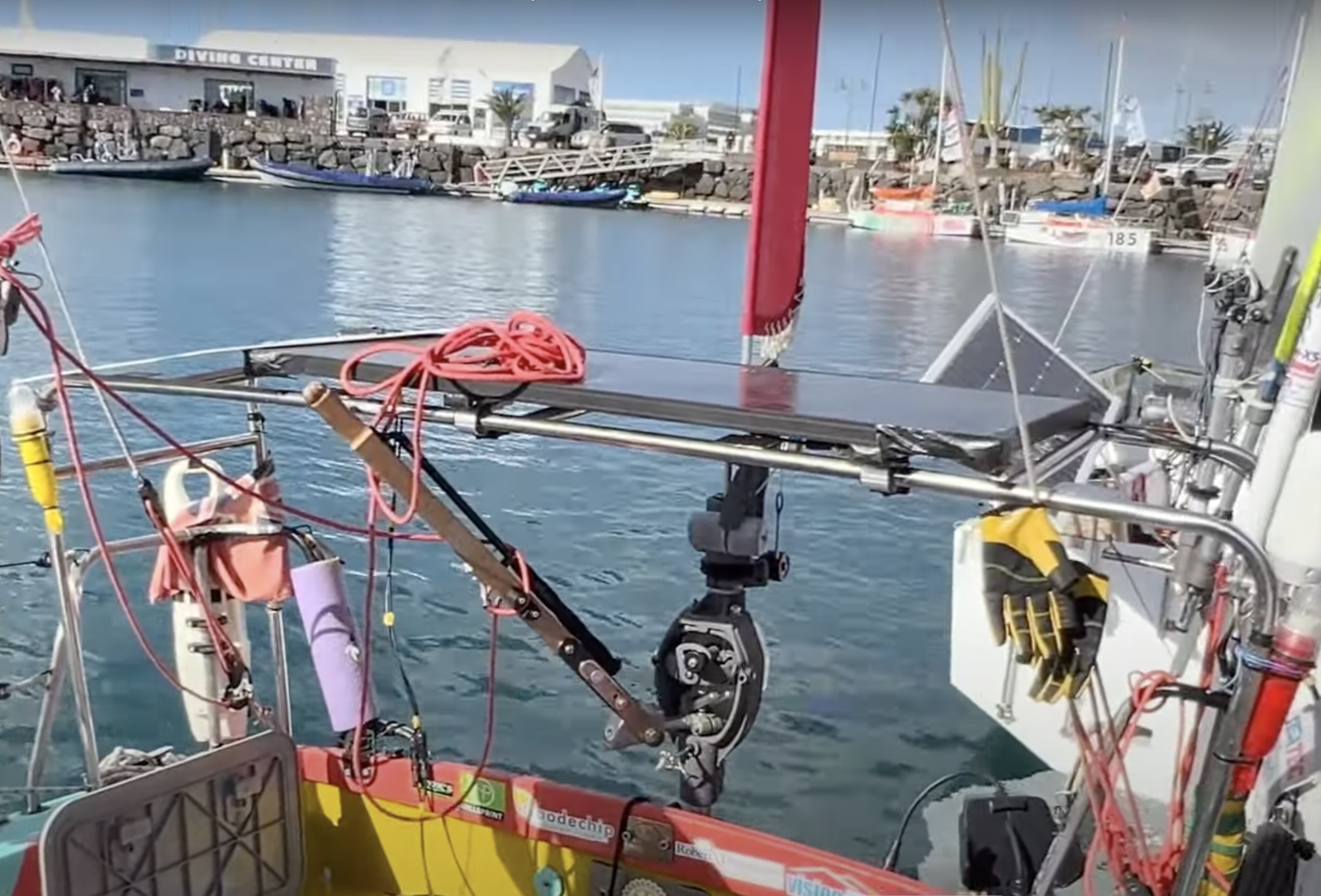
Above is Jasmine Harrison | Numbatou 88 | she replaced her rudder with a Hydrovane. Quite a few sailors in the MGR did the same.
The story goes the Hydrovane
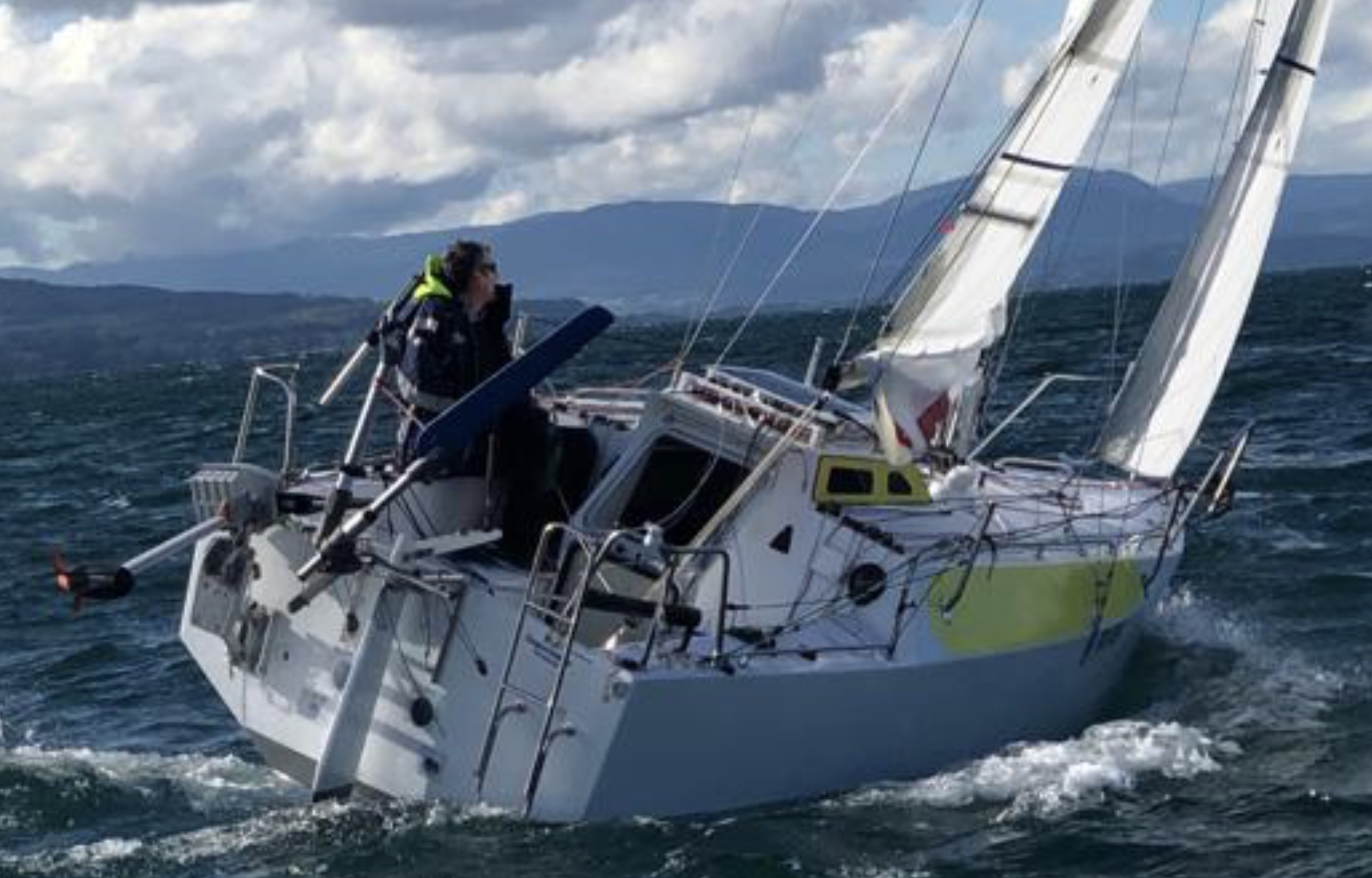
Above is Renaud Stitelmann | Capucinette 28 | he started off with a South Atlantic Wind Vane, later replacing it with a Hydrovane below:
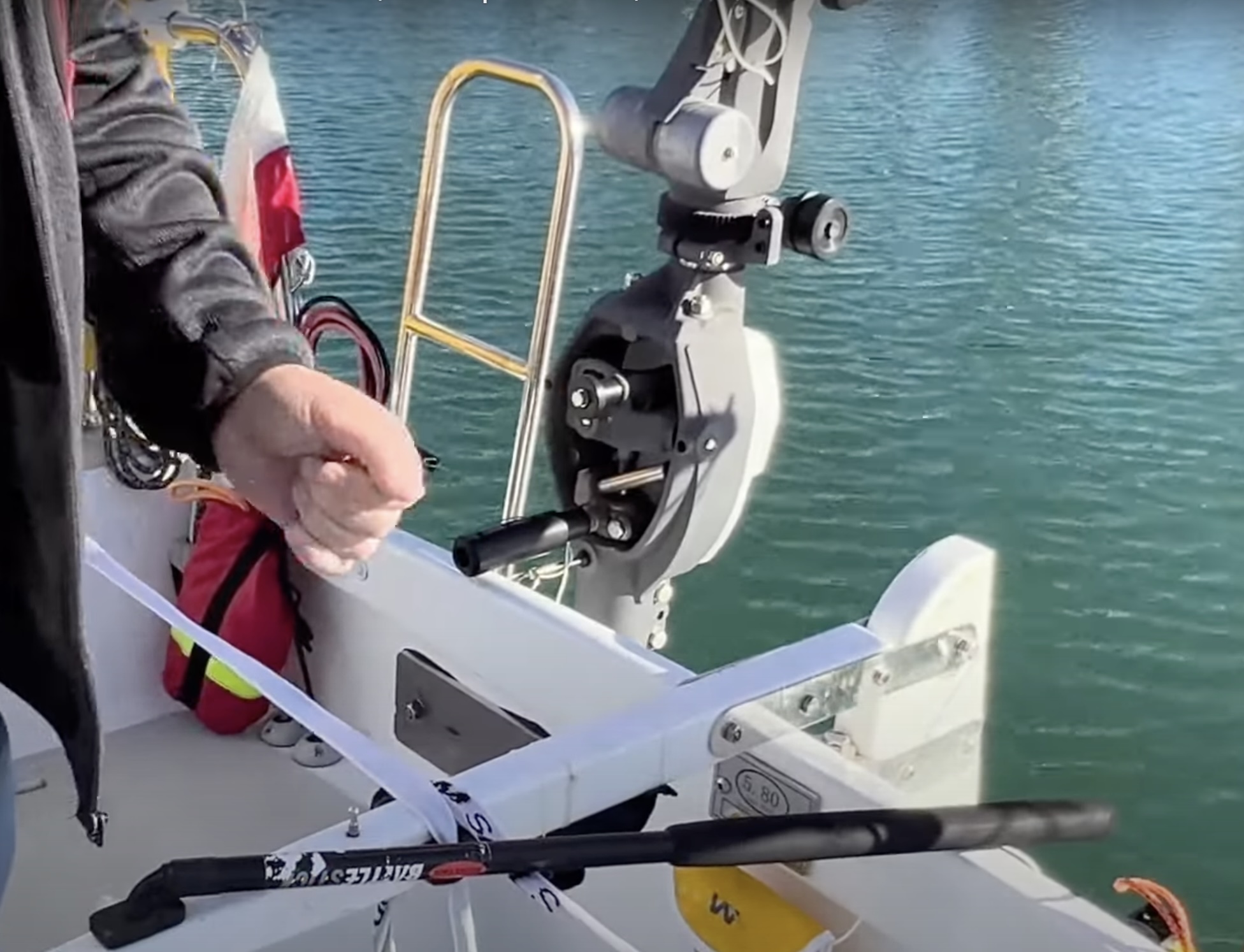
Renaud Stitelmann settled on using a Hydrovane & rudder, two rudders, in tandem for the Mini Globe Race.
It should be pointed out that Renaud Stitelmann sailed his 5.80 for two years, in bad weather and good, before the start of the 2025 Mini Globe Race. Experience.
Rant
An emergency rudder is not attached to the transom until it is needed.
I know the Hydrovane markets it self as an emergency rudder/steering. Lets think this through: A vane is in the water the majority of the time, steering the boat, thus it is susceptible to all of the hazards during its use, just like a rudder. My emergency gear is not in use, until it is needed. A vane can be used in a pinch to steer, but, should not be thought of as emergency gear.
End Rant
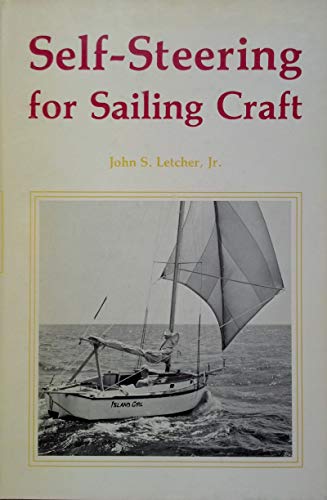
For s/v 29 I want a wind vane that is light and strong, a vane designed to circumnavigate the globe. Ideally it would be self-built, like the 5.80, so I would know every part of it for on the water repair should the need arise. One more thing it should not cost more than the car I drive.
Enter the Hebridean Self-Steering Wind Vane.
Hebridean Self-Steering Wind Vane
Weighing only 12 kg, the Hebridean is easy to lift off and on the socket as needed and will not put a boat out of balance, even if small (less than 10 metres in length) and of light displacement. Nor will it put stress on the transom when pounding through waves in heavy weather.
Nor will it put stress on the transom when pounding through waves in heavy weather.
| Make | Weight |
|---|---|
| Hydrovane (light & average) | 30 to 37 |
| South Atlantic | 13 |
| Hebridean | 12 |
Powerful self-steering gear for DIY sailors
John Fleming from Scotland (1951-23) devised a sturdy and simple version of the tried and tested servo-pendulum self-steering system for sail boats. The kit of A4 stainless and carbon fibre components is built onto hardwood parts cut from 20x145mm plank sourced by the builder.
The Hebridean is designed to steer sailing craft of any weight or length with transom freeboard measuring between 0.6m and 1m (static) and which allow the vane to be up in the airflow. John’s highly innovative frame geometry (registered design) does away with the need for sensitive, high-cost, low-friction bearings, gears and blocks.
Powerful, strong and light
The Hebridean is the only servo-pendulum system with a truly horizontal vane axle. This unique feature provides very high levels of sensitivity and power in all wind conditions.
The whole unit swivels freely from side to side on a pivot slotted into a tilting steel socket fixed on the stern. The Hebridean is light enough to lift off the transom, fold its arms and stow on the guardwires, or below. Forces from heavy seas are absorbed by the sideways swing of the unit. The Hebridean is further protected by breakable pushpit block lashings and tilts up out of the water if it encounters an obstacle head-on.
Repairable at sea
If damage is sutained at sea the simplicity of the Hebridean parts and construction – and the fact that you built it yourself – make successful repair in remote locations with simple tools and spares highly likely.
The Hebridean is a self-steering wind vane for sailing yachts. It comes as a kit of high quality marine-grade components for do-it-yourself construction.
Size & Mounting
The socket should be mounted on the transom no lower than 600mm above the water line and no higher than 1000mm above the water line.
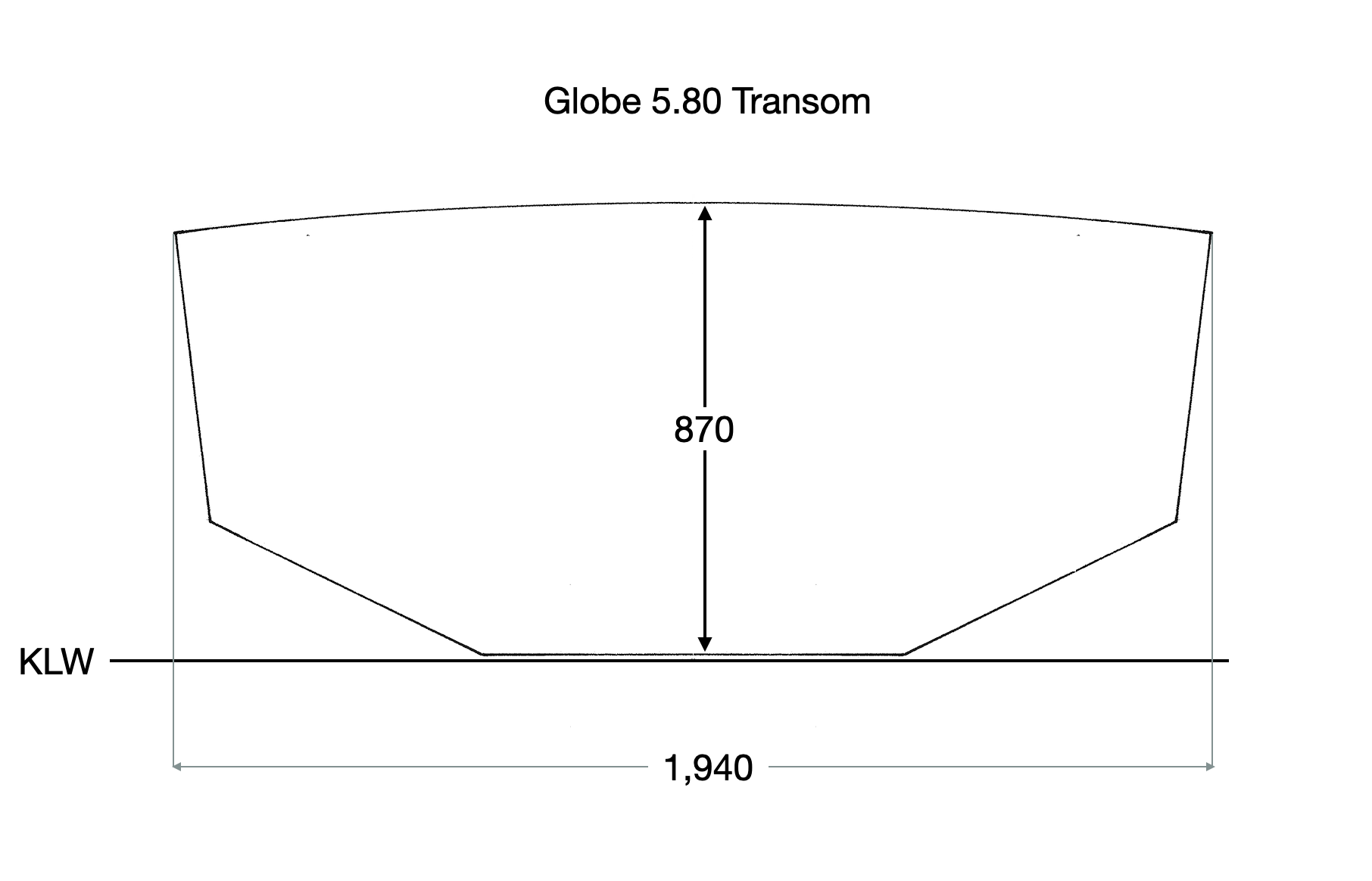
The mount only has to be strong enough to carry the wind vane and counter the pull by the lines leading to tiller or wheel as the pendulum swings steering the boat.
Best practice would be to follow Janusz Maderski advice for mounting points, reinforce them and, put them as far apart as possible.
